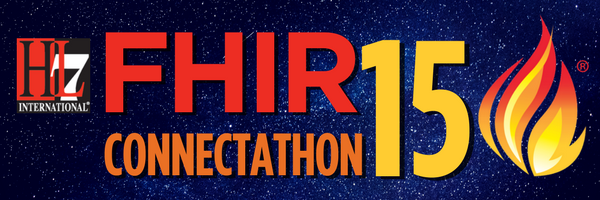
It’s my pleasure to make you aware of the next HL7 FHIR Connectathon taking place on Saturday, May 6 and Sunday, May 7 in Madrid, Spain. This event takes place in conjunction with the May 2017 International Conference & Working Group Meeting.
Hard to believe, but it’s already the 15th one and we look forward to many more.
If you are thinking about attending this Connectathon, but you’re not sure if it is right for you, or even where to start, as one of the organizers, I can help.
What's the Purpose of a Connectathon?
First things first, why does HL7 host FHIR Connectathons? The primary reason HL7 hosts FHIR Connectathons is to ensure that the FHIR standard is meeting the needs of implementers by testing it using real-world scenarios.
It is also a great way for you to meet and interact with the people who are most active in the FHIR community.
What are tracks?
During the FHIR Connectathon, participants join one or more track to work on throughout the event.
Each of the tracks has a detailed description of what it is trying to achieve, including the roles and scenarios being tested.
Learn more about the eleven tracks that will be hosted during FHIR Connectathon 15:
- Patient
- Workflow
- CDS Hooks
- FHIR Genomics
- Devices on FHIR
- Clinical Reasoning
- Terminology Services
- Financial Management
- Structured Data Capture
- Data Analytics
- Clinical Research
As you can see, there are plenty of options to choose from to fit your area of interest and expertise.
You can read all the available background information for the HL7 FHIR Connectathon 15 here.
I'm new to FHIR, can I still participate?
Yes! If you are new to FHIR, you should consider participating in the Patient track. The primary purpose of this track is to provide a 'friendly introduction' for those new to FHIR. Attendees participate in this track using a simple scenario that can be met with limited domain knowledge and by those who have not had a lot of exposure to FHIR.
More than just a Connectathon
There are also many opportunities to continue the conversation on Sunday afternoon, once the Connectathon concludes. At the Application Implementation and Design (AID) Work Group, attendees have the opportunity to share their FHIR work and see what other developers are doing.
Indeed, if you’re new to FHIR you might also think about attending one of the FHIR tutorials during the Working Group Meeting.
If you have any questions, feel free to reach out. I look forward to seeing you in Madrid!


